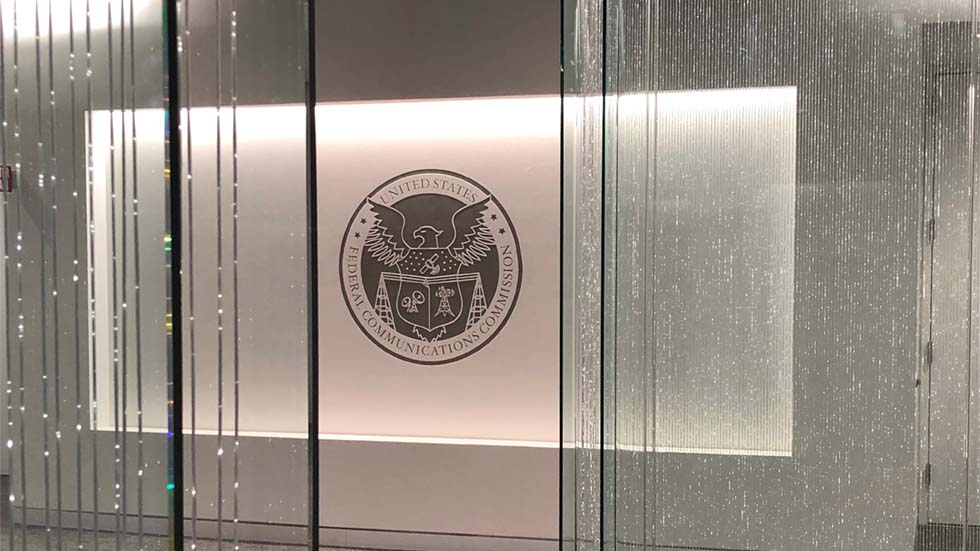NAB Urges FCC to Allow Software-Based EAS
The transition needs to be fast-tracked because of worries about legacy hardware suppliers, the NAB argued

WASHINGTON—The NAB is requesting the Federal Communications Commission make changes to Emergency Alert System (EAS) rules that would allow but not require EAS participants to use software-based EAS encoder/decoder (endec) technology instead of a legacy physical hardware device to process EAS messages.
The NAB is urging that the FCC fast-track the request because hardware supplier Sage Alerting Systems, one of two hardware suppliers, has recently stopped production of devices and “the current legacy ecosystem is not sustainable.”
The NAB first proposed the software-based EAS option in December of 2022. Since then, it said it has developed proposals for the system based on advice of chief technology officers and senior engineers from many of the nation’s leading radio and television groups, as well as small and medium-sized broadcast companies, and noncommercial broadcasters.
The NAB also noted that they have put forward this request in multiple meetings with Commission staff, including one which took place at the headquarters of station WTOP-FM where they demonstrated how a software-based EAS solution could be efficiently integrated into a station’s facilities without affecting EAS performance.
In addition to support from numerous broadcasters for the change, the NAB said that the Federal Emergency Management Office (FEMA) Integrated Public Alert and Warning Systems (IPAWS) office has offered a clear endorsement and encouraged NAB to make the FCC aware of its view.
“Given that our proposal has been pending now for over two years, NAB respectfully requests expedited consideration of this Petition,” the March 31, 2025 letter to the FCC said. “Underscoring the urgency of this request is the recent decision of Sage Alerting Systems, one of the two remaining EAS device vendors, to cease production of its endec device due in large part to supply-chain problems acquiring legacy parts for original EAS hardware-only designs. With Sage’s exit, many EAS Participants, especially radio stations, will face significant challenges when they need to replace or upgrade an EAS device. Sage’s exit is a clear indicator that the current legacy ecosystem is not sustainable and that the Commission needs to permit more modern approaches to support a long-term, robust emergency alerting system.”
The NAB argued that software could work on multiple existing hardware systems and that software systems could be easily integrated into existing systems. "However, time is of the essence because legacy EAS devices have a certain shelf-life, and the FCC has several pending rulemakings that could demand device replacements or upgrades that Sage may no longer be able to provide,” the letter noted.
Get the TV Tech Newsletter
The professional video industry's #1 source for news, trends and product and tech information. Sign up below.
The NAB also argued that “allowing the use of a software-based EAS solution would free EAS Participants from the constraints of a required hardware device. Doing so would not only preserve the existing functionality of EAS, but improve the system’s effectiveness.”
The full text of the letter, along with the NAB’s approach to a new software based system can be found here.
George Winslow is the senior content producer for TV Tech. He has written about the television, media and technology industries for nearly 30 years for such publications as Broadcasting & Cable, Multichannel News and TV Tech. Over the years, he has edited a number of magazines, including Multichannel News International and World Screen, and moderated panels at such major industry events as NAB and MIP TV. He has published two books and dozens of encyclopedia articles on such subjects as the media, New York City history and economics.

